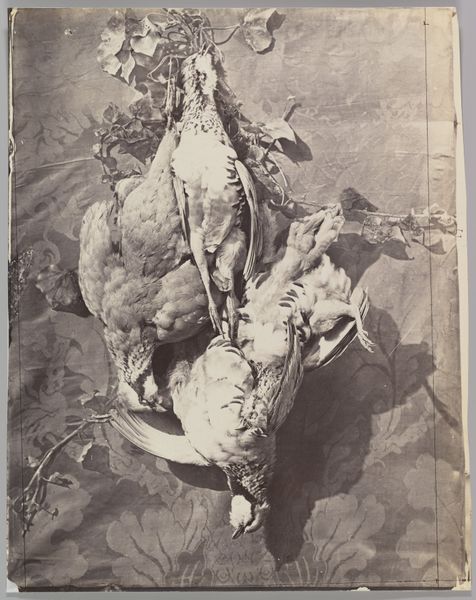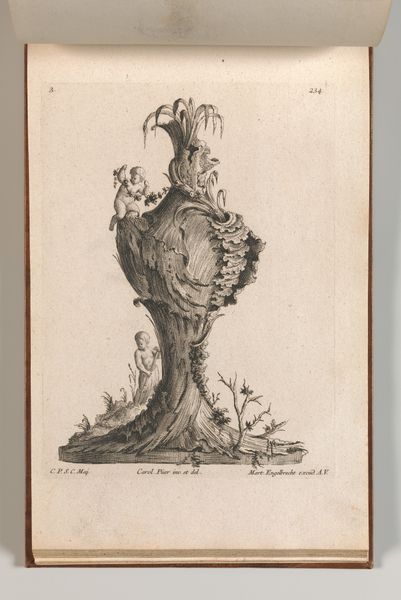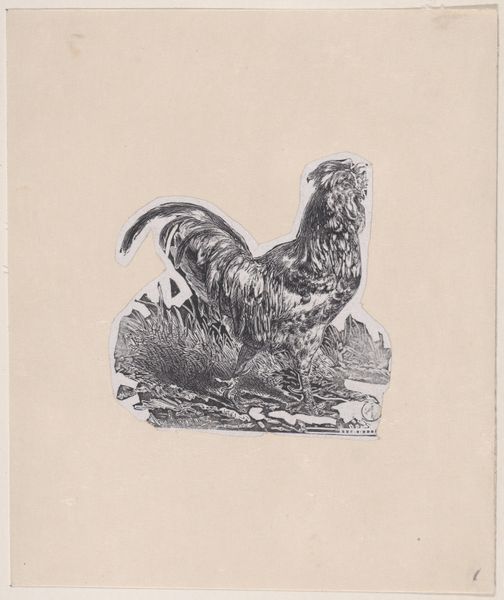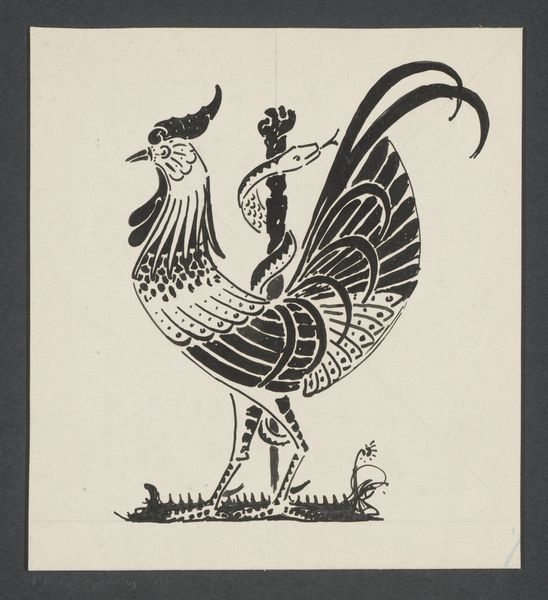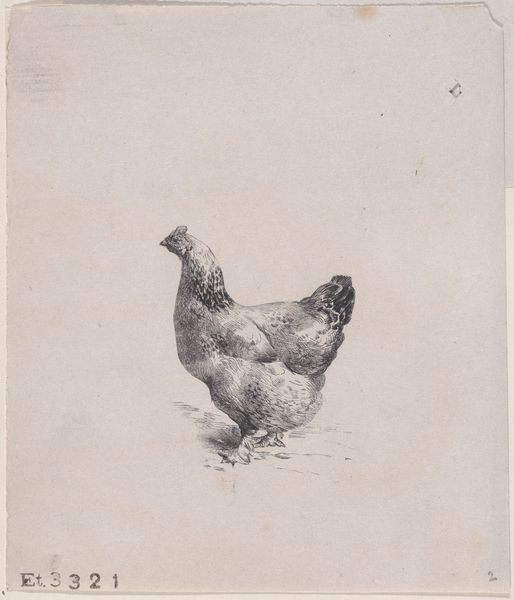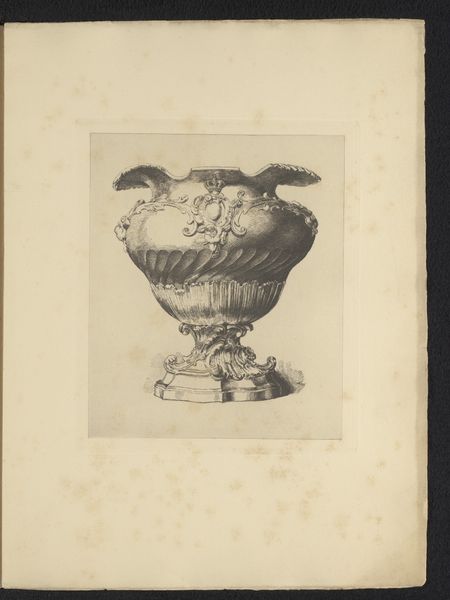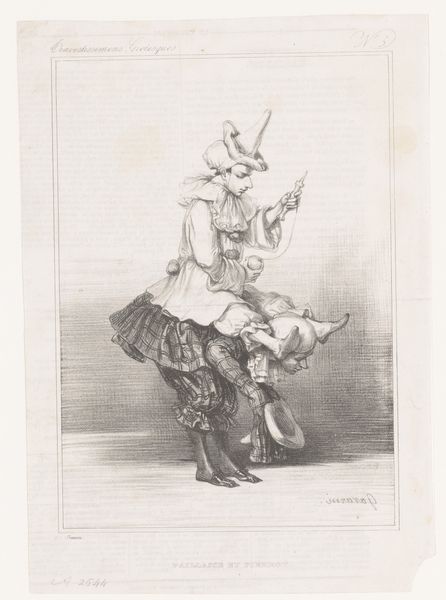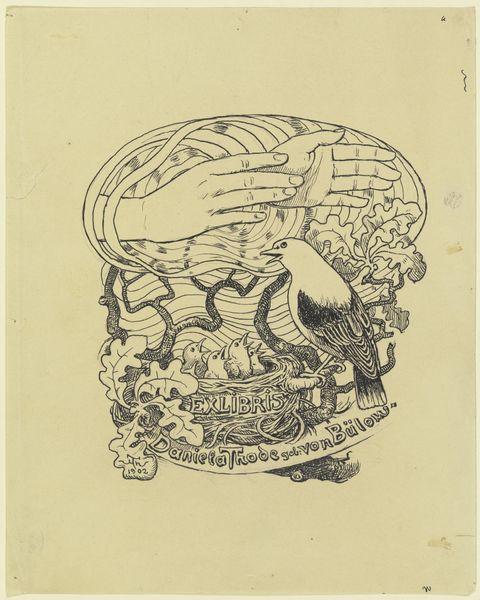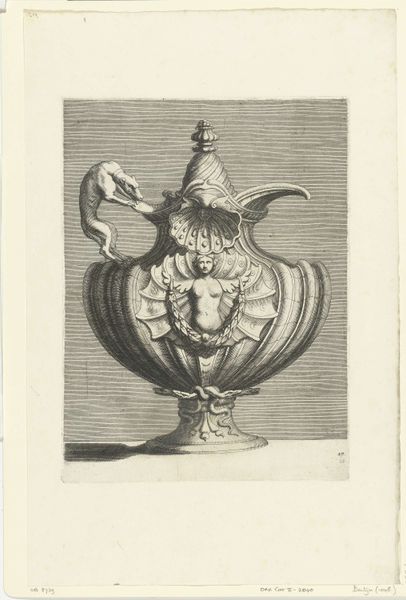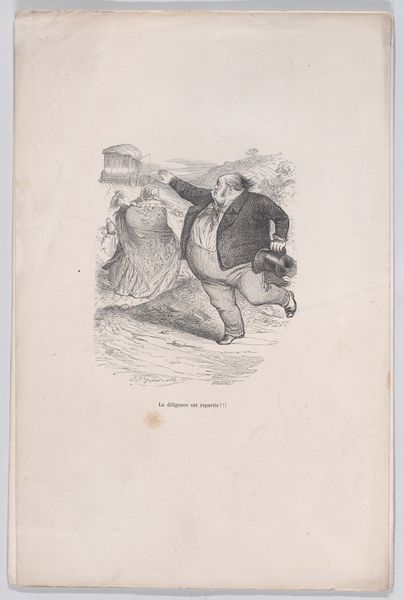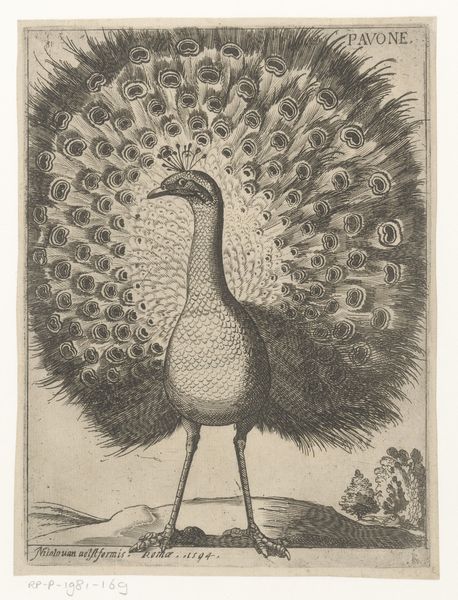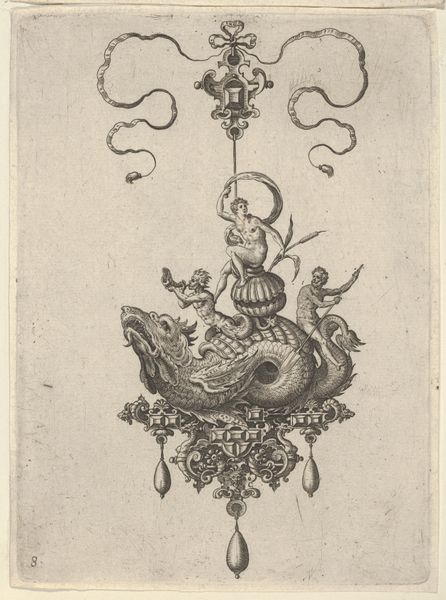
Nautilusbeker uit de zestiende eeuw op de Tentoonstelling van Oudheden te Delft before 1863
0:00
0:00
Dimensions: height 147 mm, width 90 mm, height 237 mm, width 322 mm
Copyright: Rijks Museum: Open Domain
Editor: This photograph captures a sixteenth-century Nautilus Cup, showcased at the Exhibition of Antiquities in Delft. What strikes me most is the overt display of luxury, all those precious materials combined into an elaborate object. What can you tell me about it? Curator: Well, let's consider the labor involved. Someone had to mine and refine the silver, and another form the nautilus shell into this ornate drinking vessel, before we even get to the design. The image highlights how resources were extracted and transformed into symbols of status and wealth. Do you notice the narrative scenes etched onto the shell? Editor: Yes, it looks like some kind of biblical feast, but the silver figure supporting it seems almost crushed by the weight of it all. Is that intentional? Curator: It emphasizes how the weight of materials rests upon human labor. Silver is rarely celebrated for its own sake but for what it communicates about the owner’s position within society. So how might the display of antiquities, itself, reinforce social structures? Editor: It seems like showing this cup at the exhibition would further elevate its value. Knowing where the materials come from and the work that went into creating it makes it much more than just an object of beauty. It's like a statement about power and access. Curator: Exactly. Now we’re getting into the ways consumption, in both the past and present, connects directly to material conditions. Editor: This has completely shifted how I viewed decorative art. Now, I see the whole story of labour and consumption embedded in it.
Comments
No comments
Be the first to comment and join the conversation on the ultimate creative platform.

